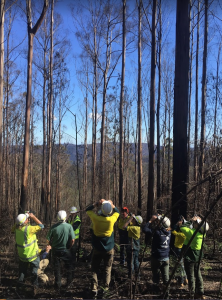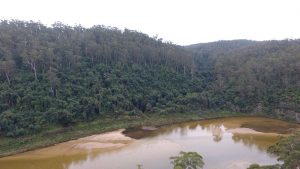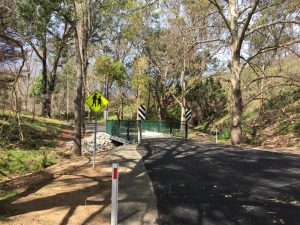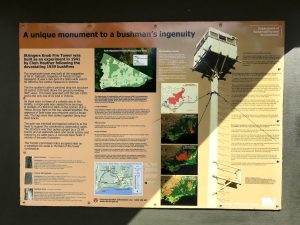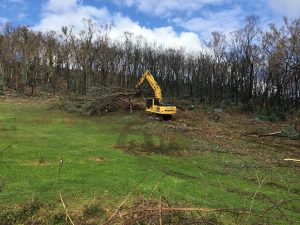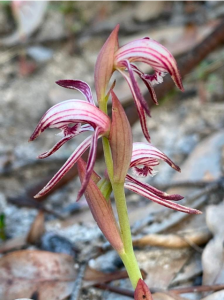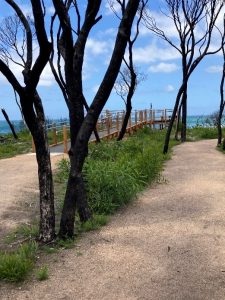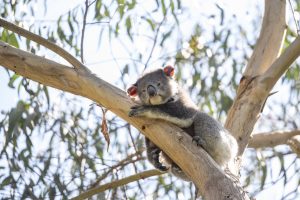The health of our waterways
Recovery of our Waterways
Waterways are critically important from both a community and ecological perspective.
Impacts from fires on waterways are dependent on the severity of the bushfire impacts and the location, volume, and intensity of rainfall. If rainfall is relatively gentle, then regeneration of vegetation on bare ground will help to hold soil in place.
More intense rainfall, particularly in areas where the fires burnt with greater intensity, can lead to sediment, ash and debris being washed into waterways. This can impact water quality by reducing the amount of dissolved oxygen in the water and increasing nutrient levels. It can also lead to algal blooms in downstream estuaries, lakes and inlets, impacting the quality of the water.
Recovery actions may include improving habitat alongside and within our waterways, erosion control and restoring connectivity along our waterways for fish to move freely. The chance of aquatic life recovery is maximised when bushfire affected areas are connected to fish and aquatic life populations that have not been impacted (i.e. refuges).
Impacts on run-off
The impacts of bushfire on run-off vary between catchments and vary over time. In the first couple of years after a bushfire, the proportion of rainfall that becomes run-off is generally greater than before a bushfire, because there is less vegetation to use the rainfall that falls on the catchment. Over the medium to longer-term, in some cases there can be declines in the proportion of rainfall that becomes runoff. These declines would not be expected to be significant where trees are able to reshoot following the fire.
In areas where a lot of trees have died, in some types of forests there can be a significant reduction in the amount of runoff, peaking around 15 to 30 years after the fire, as a result of the dense coverage of regrowing trees. This is because a greater tree density generally uses more water than a mature forest.
The main factors that determine whether there will be a significant reduction in the amount of run-off are the intensity of the bushfire, and the age and type of trees that make up the forest, and the climate experienced after the fire event.
Mountain ash and alpine ash depend on fire for natural regeneration, although bushfires of moderate or greater intensity can cause tree death, which can lead to reductions in run-off. Most other eucalypt species are more tolerant to fire, and although they may initially appear to be dead, they re-sprout from the trunk or major branches (epicormic growth), or from the base of the tree (basal re-sprout).
Rainwater and Septic Tank Replacement Program
The Rainwater and Septic Tank Replacement Program has up to $20,000 in rebates available for properties destroyed or significantly damaged by the Eastern Victorian bushfires that occurred from 21 November 2019 to replace their rainwater and septic tanks. Click here to find out more about the program.
For more information visit:
- https://www.water.vic.gov.au/waterways-and-catchments/rivers-estuaries-and-waterways/strategies-and-planning
- https://www.ari.vic.gov.au/research/fire/bushfire-response-2020-aquatic-rescues
- Victorian Government support of the recovery of our waterways https://www.water.vic.gov.au/media-releases/bushfire-relief-and-recovery-one-year-on
- Information on rivers, estuaries and waterways https://www.water.vic.gov.au/waterways-and-catchments/rivers-estuaries-and-waterways/strategies-and-planning
- Arthur Rylah Institute bushfire aquatic rescues https://www.ari.vic.gov.au/research/fire/bushfire-response-2020-aquatic-rescues
- Rainwater and Septic Tank Replacement Program https://www.melbournewater.com.au/bushfire-rebates
- Bushfire Recovery Victoria www.vic.gov.au/bushfire-recovery-victoria
